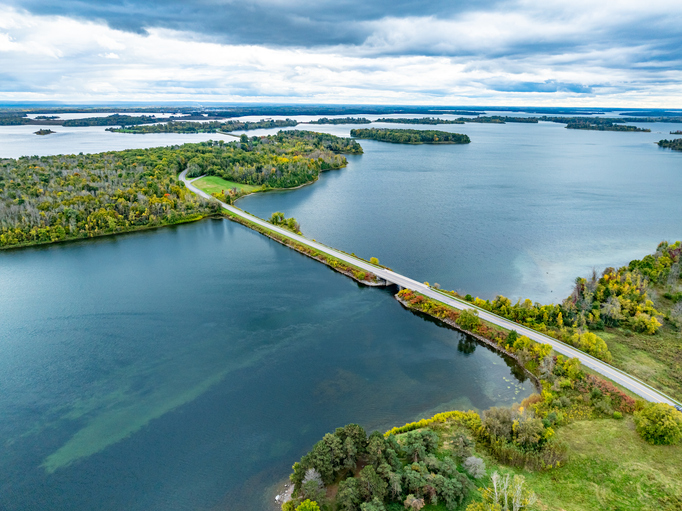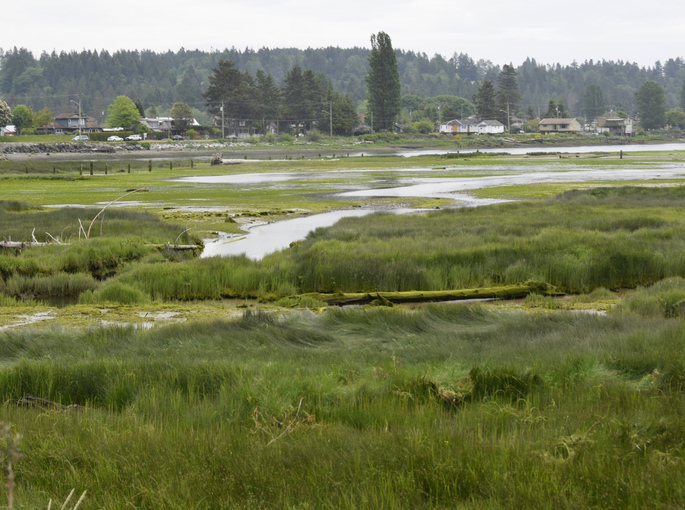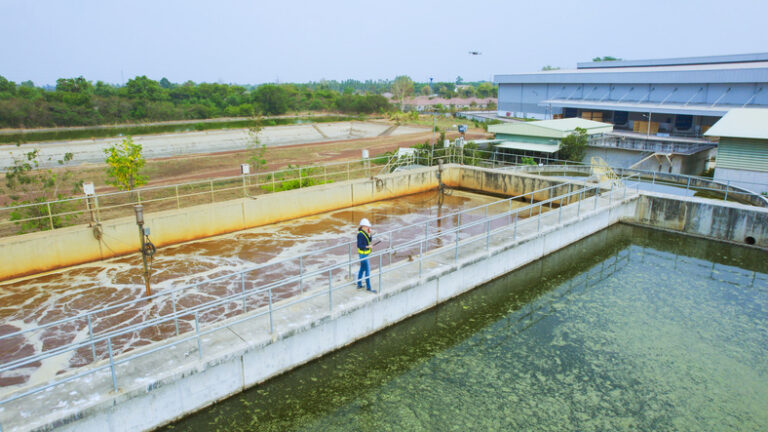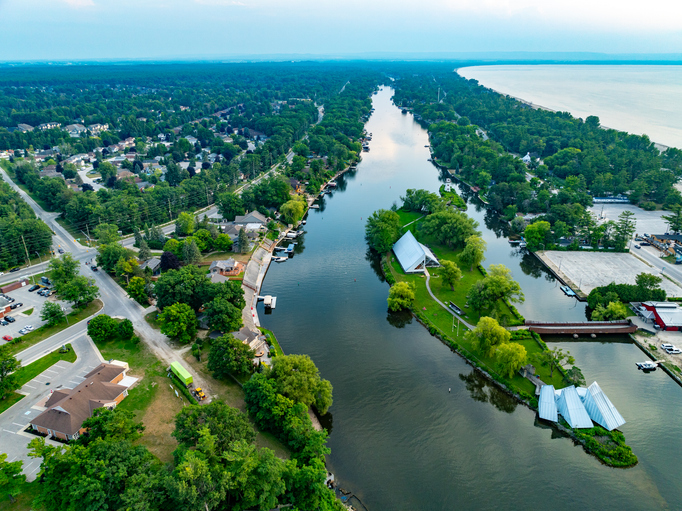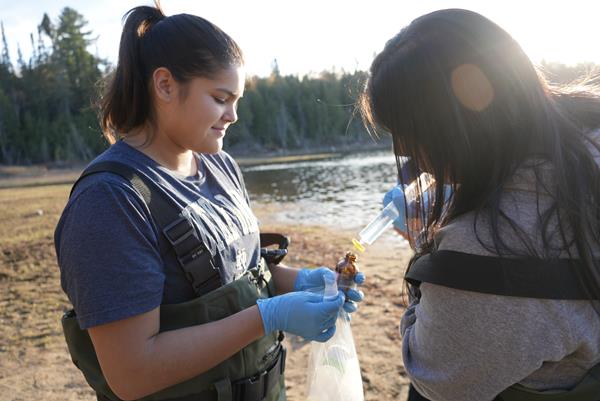Over the past decade, Canada’s federal government has focused significant attention on First Nations’ water problems, first by recognizing the challenge in 2011, then prioritizing the end of long-term boil water advisories in 2015. However, it has fallen short in responding. In 2021, we are still waiting for conditions to be put into place that will allow for transformational change to actually happen.
The responsibility, however, may not be government’s alone. But who can we rely on to make it happen?
The context of a national strategy is shaped by whether its policies and programs are justifiable solely to those directly affected, or whether these investments must be defended in terms of their impact on the economy, technology, or another outcome that will benefit the majority of Canadians. However, when a branch of government is dedicated to serving a specific segment of the population, an innovative method for reconciling these two views is needed.
Transformational and sustainable change does not arise simply from a decree by government that is backed by policy changes and/or positive or negative incentives. Nor does it come about via knowledge generated by academia alone, or through a push by industry to refine product offerings. At the same time, industry practices need to be redefined to strengthen the capacity of government to facilitate responsible regulations, producing social impact in a cost-effective manner. Market forces may produce more cost-effective and more innovative solutions (economies of scale), but that alone will not provide an acceptable solution to the problems rural communities are facing. In other words, the industry-government relationship is a two-way street.
Nor will transformation be achieved solely through advocacy and by casting the national spotlight on Indigenous inequities. Not all corporations or governments are equally vulnerable to public disapproval, and different ideological orientations are unlikely to agree about what counts as appropriate corporate social responsibility goals and practices. Case in point: In the mid-1990s, both Disney and United Airlines faced public boycotts, the former for providing health benefits to gay partners of employees, the latter for not providing them.
The real elephant in the room may be corporations and governments who are often lauded for one aspect of the way they do business, despite the negative impact of the other things they do. While Canada was busy failing Indigenous communities on water health, it was ranked #1 or #2 among nations six times between 2012 and 2017 by RepTrak, a prominent U.S. think tank. The ranking was based on the perceptions of effective government, progressive social and economic policy, ethical practices, responsible global citizenship, and our operating efficiency. In the early 2000s, Microsoft was highly ranked as one of the world’s top corporate citizens (thanks largely to the work of the Gates Foundation), despite several legal decisions against their unfair business practices throughout the decade. During the same period, Costco raised earnings and profits but saw shares devalued by Wall Street over concerns the company paid employees too much and offered them health and retirement plans.
Neither are “the people” necessarily invested in the right issues for the right reasons, as when one is pleased when our Registered Savings Plans (RSPs) rise in value even if they may be invested in corporations who don’t necessarily comply with one’s worldview. It is also deceptive to expect a new generation of more socially committed managers to move into positions of responsibility, as their different ideological orientations are unlikely to agree about what counts as an improvement in corporate social responsibilities. This suggests strongly that we have not entered a new era of business morality, let alone of true corporate social responsibility.
The underlying question we seek to answer is: what incentive system needs to be enacted for industry, universities, and NGOs to make appropriate investments and play their respective role in the evolutionary path that Indigenous communities seek to follow? How can governments at all levels create a fertile and supportive environment for transformational, sustainable change?
The process of identifying a sustainability challenge and implementing solutions is far from trivial. It demands a much deeper understanding than we have at present of the processes through which fundamental transformation could happen in effective and efficient ways. It requires the identification of enablers and hindering factors underlying the success of transformational processes, and an understanding of which approaches might work under what conditions. Prevailing historical guiding principles and practices that are incompatible with shared values, beliefs, preferences, and definitions of success must be reduced or eradicated in order to build resilience and sustainability into a meaningful innovation cycle.
Thinking locally, acting nationally and collectively
When it comes to infrastructure projects, local governments must do three key things for their communities: advocate for the solution, acquire it, and own it. Achieving these factors requires a wide spectrum of inputs and outputs:
- An awareness of community history and vision for the future.
- Evaluating resources and obstacles to success.
- Discovering value opportunities.
- Procuring and onboarding technologies and talent.
- Demonstrating effectiveness and value for money.
- Celebrating success.
- Defending decisions.
These things translate into expectations, experiences and memories, which in turn put pressure on functional silos within industry, government, professional associations, universities, NGOs, and media.
We advocate that sustainability should be seen through the lens of breaking down the silos among these players to help the local community governments to do those three things better. Our point of view, based on years of experience innovating with rural communities, is that community acceptance is the primary metric by which all attempts at problem-solving should be measured.
Too often, a superficial understanding of what constitutes community acceptance, sets projects on an ill-fated course, one which typically becomes evident long after the contractors have packed up and left the community. Memorable experiences are those details that are retained at least 18 months after communities’ most recent interactions with industry. Memorable experiences that enable communities’ self-affirmation, which drive confidence about their selection decision and the value they derive from it, can help build lasting community acceptance.
What needs to change?
Our community-centric work with Indigenous communities has taught us much about what we could all be doing better, which involves implementing several short- and long-term changes to create the evolution—and revolution—we seek.
In the short term, we desperately need to revisit how Request for Qualifications (RFQ) and Request-for-Proposals (RFP) are structured to ensure equitable outcomes and experiences within partnership structures collaborating with Indigenous communities. The “win” in the end must be for the individual community, but contributing partners must also find victory in the collaborative process.
Also, the practice of awarding contracts to the lowest-priced bid in design-build approaches to infrastructure projects does not address or strengthen social and technical capabilities that shape local capacity development within Indigenous communities. Furthermore, very little faith in the project is engendered when one-year warranties and operation budgets are the norm. The bottom line: sustainable development currently has no place in reporting requirements in conventional RFQs/RFPs, and it is time for the modification of federal and provincial funding provisions, as well as recommendations for infrastructure development practices, to mitigate sustainability.
Over the long term, governments must re-assess existing rules, while streamlining the implementation of localized customizations of solutions. They can do this today by creating space to try out new legal frameworks, business models and regulatory requirements so we can identify knowledge and next practices that support forward-looking solutions under real-life conditions. We also need to have space to experiment with new incentives around the feasibility and effectiveness of proposed solutions, and to support capacity building for factual cross-organizational and cross-disciplinary community-driven collaborations.
The aim of these approaches is not to deregulate the process or reduce standards. On the contrary, there are many areas in which there is legal uncertainty and for which meaningful legislation has yet to be created. Streamlining the implementation of localized solutions would be an important step toward ensuring that Canada lives up to its promise to respond to what it has prominently recognized and prioritized.
This article was written by Marvin DeVries and Madjid Mohseni for the July/August 2021 issue of Water Canada. DeVries is the past president of Trojan Technologies. He is currently a Board member of the RES’EAU Centre for Mobilizing Innovation. Mohseni is the scientific director of the RES’EAU Centre for Mobilizing Innovation and a professor at the University of British Columbia.




